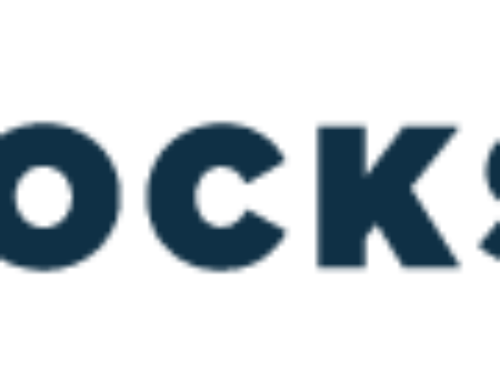In today’s fast-paced environment, organizations must strive for advanced levels of efficiency. Everyone wants to be efficient, but that is not always the best approach when communicating to customers, especially if a response from your customer is required.
Key Benefits of Efficiency
For accounting teams, more efficiency leads to more time saved. For accounts receivable teams, this means more customers contacted and a better, streamlined approach to collections. Often when we talk about efficiency, it is married to automation and improved analytics. These automated activities can improve efficiencies in an AR communication strategy. For example, a manual email may take five minutes or more to craft, document and notate across never-ending Excel files, whereas a properly tuned automation sequence could capture data and send the email in seconds.
While efficiencies hold the key to financial success, organizations must strike the right balance between “efficiency” and “effectiveness.” Spending additional time upfront to find the right balance of efficiency and effectiveness when communicating with customers will provide long-term benefits for you and your customers.
Know Your Customer
“Not all communication methods work in the same way for customers,” notes Grace Rivers, Product Manager, Lockstep Applications, at Lockstep. “There are many factors that contribute to how and if a customer responds. Among these include company culture, individual personality, workload, to name a few.”
Customer contact is essential to successful collections. Timely, customized communications will increase collections, reduce DSO, accelerate cash flow, and enhance customer experience. Automated communications sent through the channels your customers use are more efficient and effective. Haphazard and poorly timed attempts to reach customers are a waste of effort and can be counterproductive.
While email, and in turn, email automation is the preferred communication method for many teams, each organization has its own preferred workstream. To close out invoices effectively, you must leverage your customer’s preferred communication channel. Some accountants tend to be nervous about new technology, preferring a phone call, while others prefer communication via text. In today’s business environment, having access to and knowledge of the different ways to communicate with your customers is essential.
Test and Learn
Not everyone will respond to a message in the same manner. Because of this, it is imperative to take the time to test your communication methods with your customers. Knowing your customers – how do they respond to different types of combination of efficiencies with traditional methods to improve effectiveness.
“Spending the extra time and effort up front to understand the preferred communication methods for customers will provide a way to plan and categorize your channels by customer groups,” notes Rivers.
Trust your team to know their customers and advise which customers are high touch and which will respond well to automation. Periodically test and adjust as customer needs evolve to make your strategy more effective. At the same time, automation doesn’t always equate to email communication. Collection automation should include the ability to automate emails, of course, but also voicemail and SMS (text) message automation as well. This allows you to scale your communications while considering customer preferences.
Use automation to trigger customer communications as invoices age through the stages of your collections policy. By taking these steps, you can balance effectiveness and efficiencies through enhanced automation.
- Using the correct contact, invoice and company data will increase the chances that your message will be read and acted on.
- Create branded communications coupled with customer contact, invoice, and company data. Replacing generic emails and texts with branded communication will increase the effectiveness of your automated communications.
- Automated customer communications can be scheduled so they reach your customer during business hours when they are more likely to read and react to them. It doesn’t help to send communications after hours or on weekend or holidays.
- Initiate customer communications according to your collections policy at each stage of invoice aging.
When you scale AR outreach with automated communications driven by customer data and behavior, you can enhance customer experience and improve retention, making it easier and more efficient for customers to do business with your company. Continued improvement and positive reinforcement, you create valuable efficiencies so your staff can focus on key areas.
Lockstep, a leader in cloud-based connected accounting solutions, can help you boost productivity and optimize cash flow with multi-channel automated communications, customer self-service tools and robust collections activity management automation.



